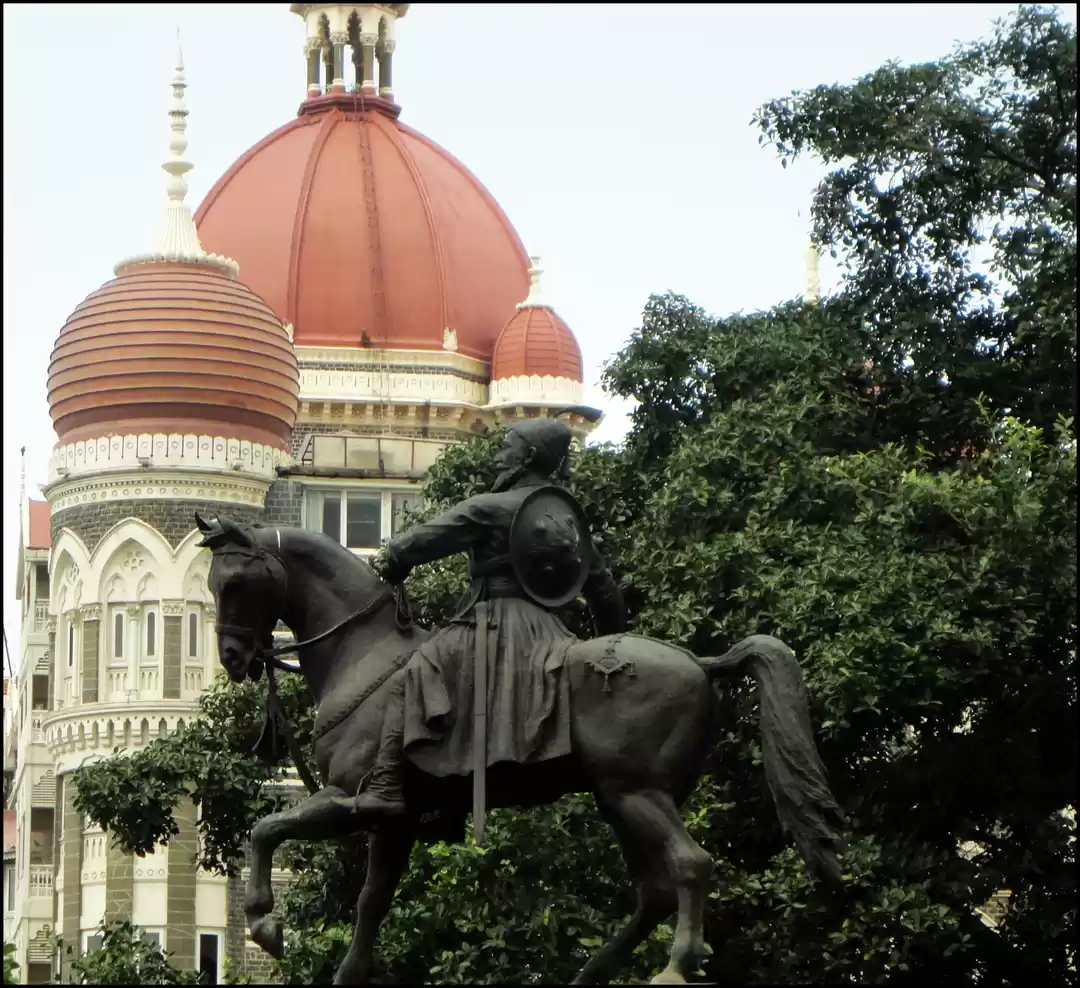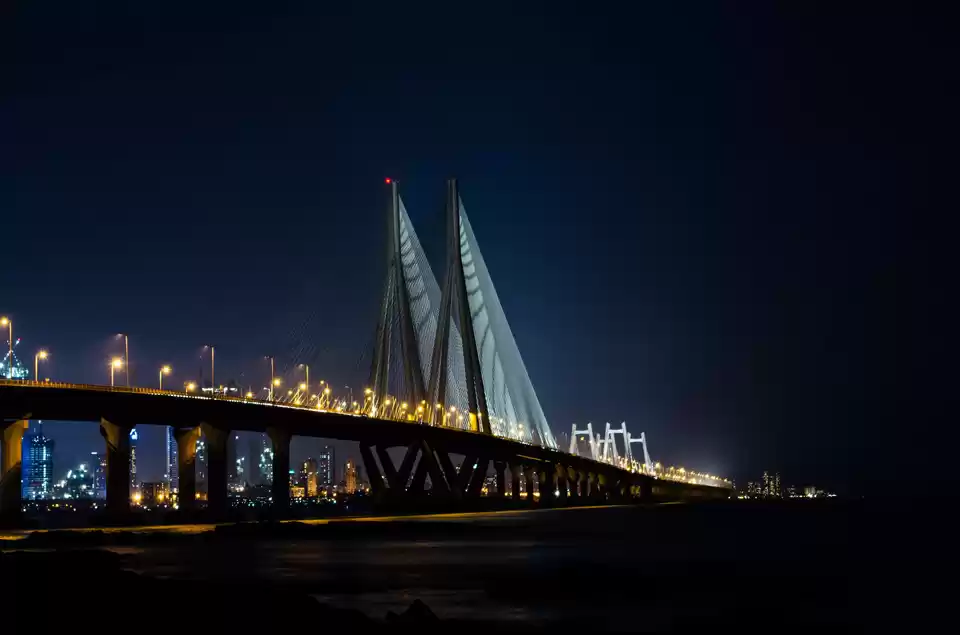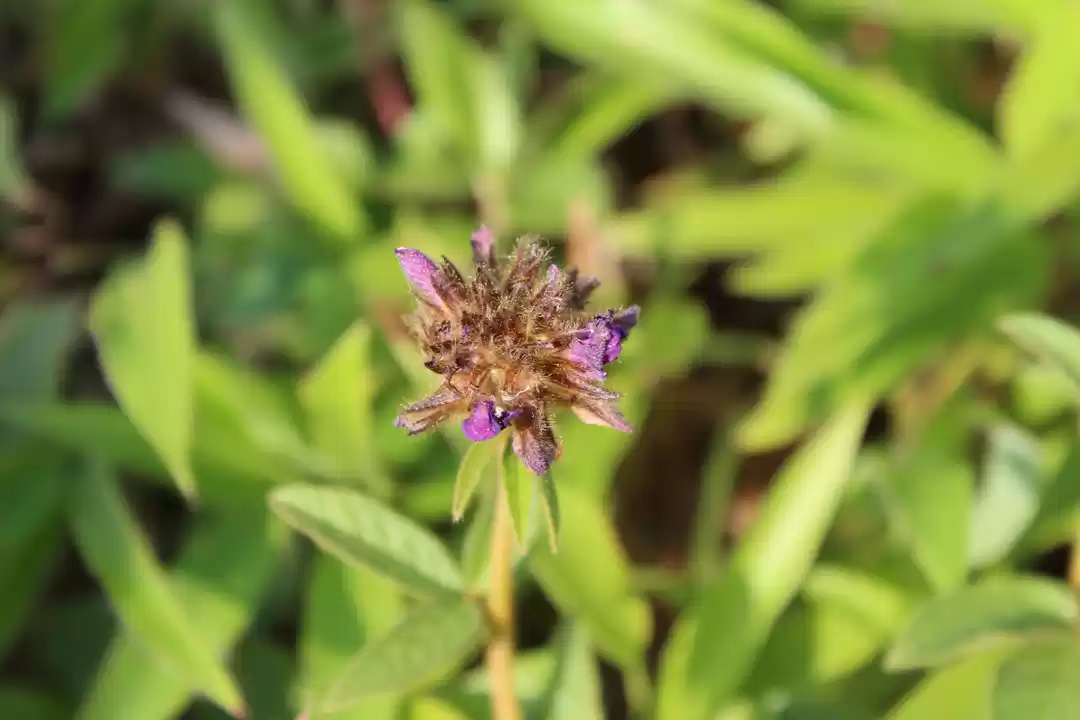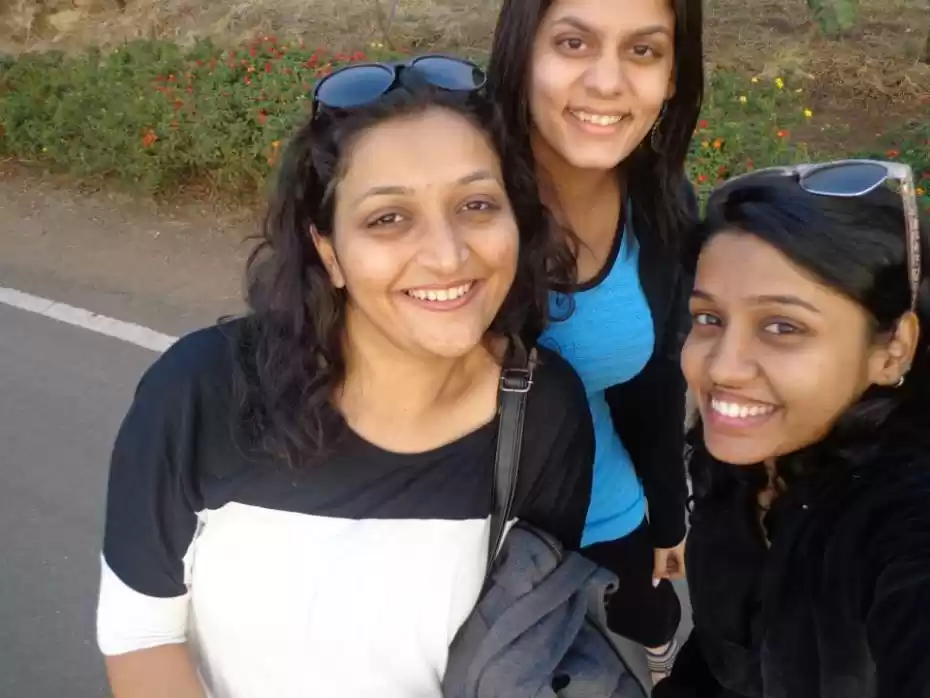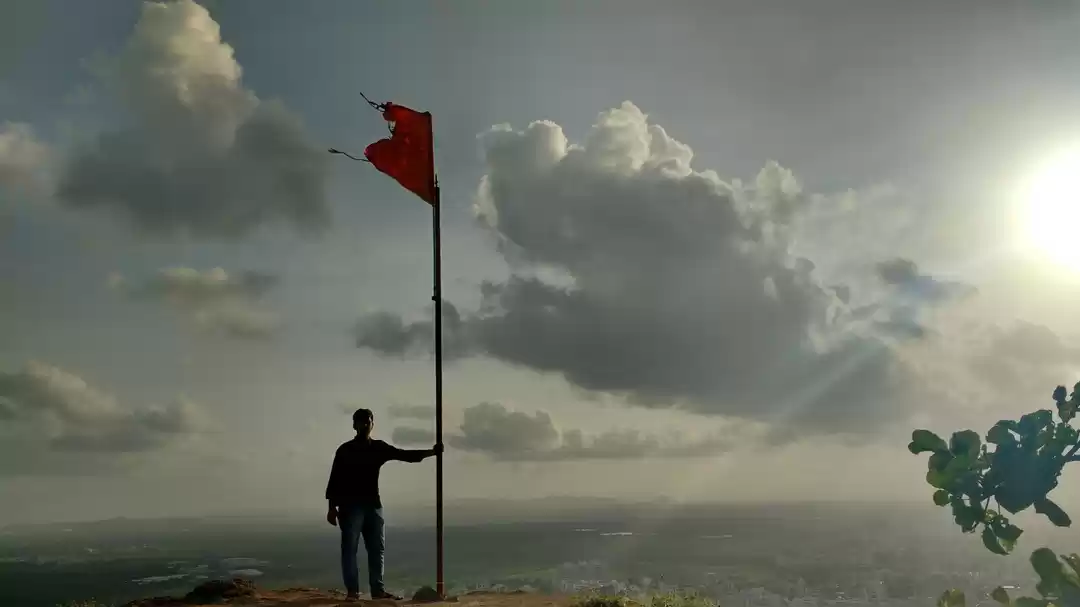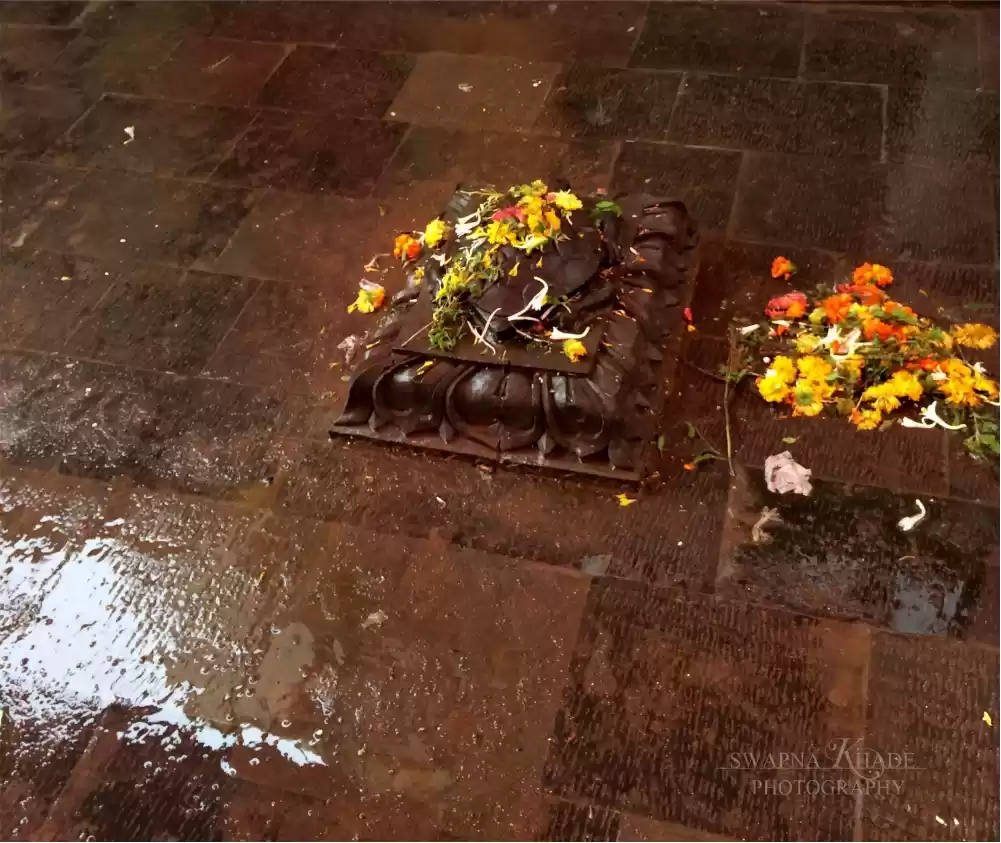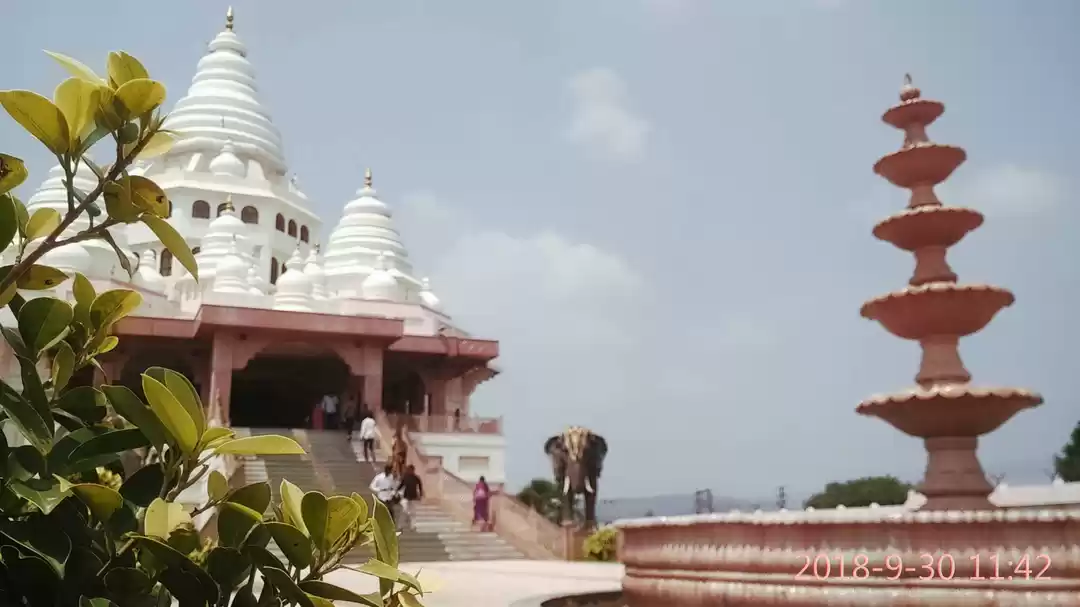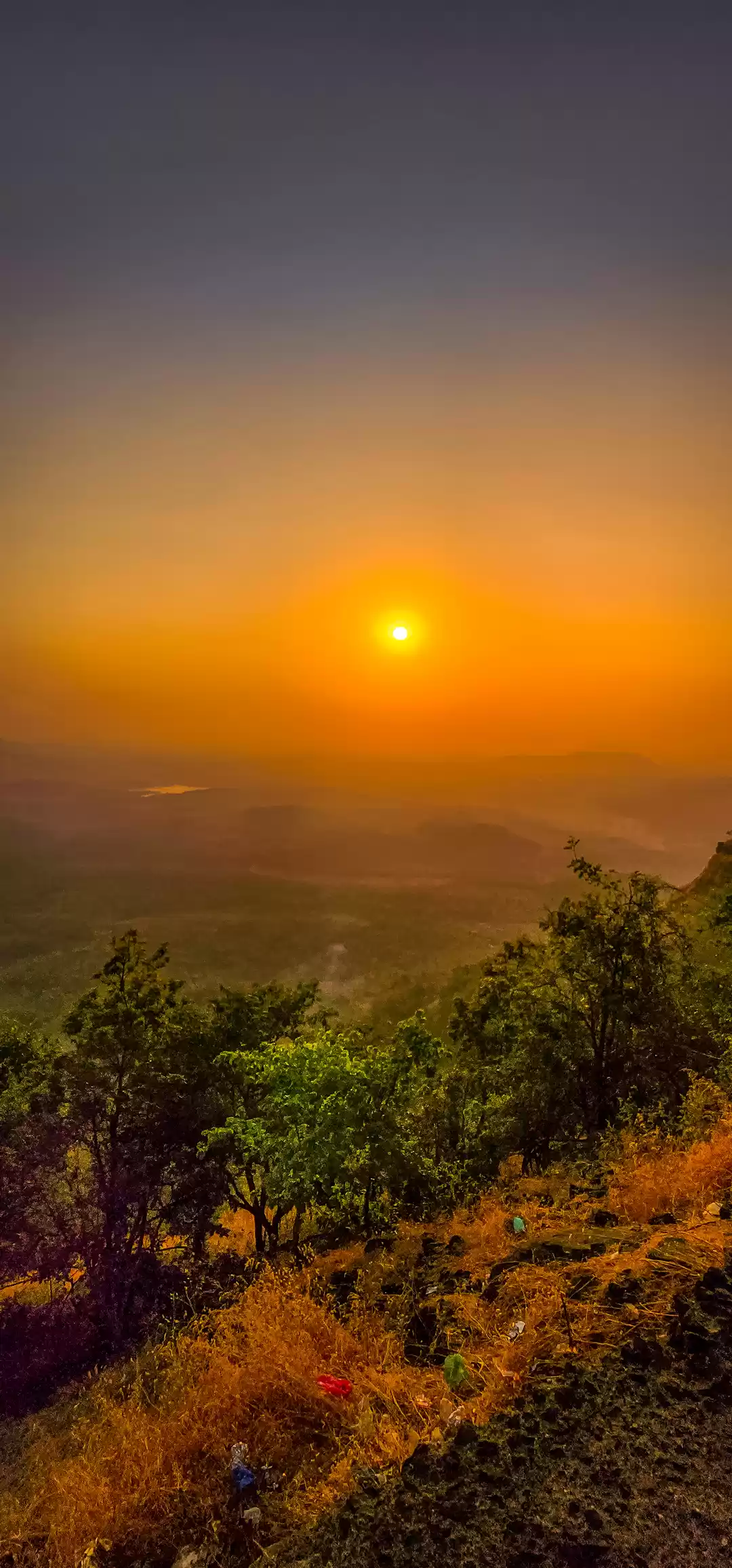Have you ever wondered what it would be like to visit a place where a saint lived and wrote his immortal works? A place where you can feel the divine presence and experience the bliss of devotion? A place where you can witness the grandeur of ancient temples and the beauty of serene ghats? If yes, then Alandi is the perfect destination for you.

Alandi is a small town in the Pune district of Maharashtra, India. It is situated on the banks of the Indrayani river, about 25 km from Pune. Alandi is famous for being the abode of Saint Dnyaneshwar, one of the greatest saints and poets of Maharashtra. He wrote his famous commentary on the Bhagavad Gita, called Dnyaneshwari, at the age of 16, and attained samadhi (tomb) at the age of 21. His samadhi is located in the Alandi Gaon Temple, which is the main attraction of Alandi.
Alandi is not only a pilgrimage place for devotees of Saint Dnyaneshwar, but also a tourist destination for anyone who wants to explore the rich history, culture and spirituality of Maharashtra. Alandi has many other attractions, such as temples, ghats and museums, that showcase the life and works of Saint Dnyaneshwar and other saints. Alandi is also known for its festivals and events, such as the Palkhi procession, the Kartik Ekadashi fair and the Dnyaneshwar Jayanti.
So, let’s get started!
Alandi Gaon Temple: The Abode of Saint Dnyaneshwar
The first thing that you should visit in Alandi is the Alandi Gaon Temple, where Saint Dnyaneshwar’s samadhi is located. This temple is also known as Alandi Mandir or Sant Dnyaneshwar Mandir. It is one of the most revered and visited temples in Maharashtra.
Saint Dnyaneshwar was born in a Brahmin family in Apegaon village near Paithan in 1275 CE. He was a prodigy who mastered the Vedas and other scriptures at a young age. He was also a mystic who had attained self-realization and divine powers. He was a poet who composed beautiful verses in Marathi, which are still sung and recited by millions of people. He was a philosopher who wrote a lucid and profound commentary on the Bhagavad Gita, called Dnyaneshwari, which is considered as one of the greatest works of Marathi literature. He was a reformer who challenged the rigid caste system and advocated for social equality and harmony. He was a saint who inspired many other saints and followers with his teachings and miracles.
Saint Dnyaneshwar spent most of his life in Alandi, where he wrote his Dnyaneshwari and performed many miracles. He also initiated his younger siblings, Nivruttinath, Sopandev and Muktabai, into sainthood. He decided to end his earthly life at the age of 21 by entering into samadhi (a state of deep meditation) in front of a large crowd of devotees. His samadhi was built under a brick wall in a small hut near the Indrayani river.
The Alandi Gaon Temple was built around his samadhi by his devotees over time. The temple has a simple and elegant architecture with a dome-shaped roof and a spire. The temple has four entrances from four directions. The main entrance faces east and leads to a hall where Saint Dnyaneshwar’s silver palanquin (Palkhi) is kept. The Palkhi is carried by devotees every year from Alandi to Pandharpur during the Ashadhi Ekadashi festival in June-July.
The hall also has an idol of Lord Vitthal (a form of Lord Vishnu) and his consort Rukmini, who are worshipped by Saint Dnyaneshwar and other saints of Maharashtra. The hall also has portraits of Saint Dnyaneshwar’s siblings and other saints, such as Namdev, Tukaram, Eknath and Chokhamela.
The hall leads to another hall where Saint Dnyaneshwar’s samadhi is located under a brick wall. The samadhi is covered by a silver canopy and has a silver idol of Saint Dnyaneshwar on top of it. The samadhi is surrounded by a silver railing and has a silver lamp that burns continuously. The samadhi is also decorated with flowers, garlands and offerings by the devotees.
The devotees can touch the samadhi and seek the blessings of Saint Dnyaneshwar. They can also listen to the recitation of Dnyaneshwari and other verses by the priests and singers. They can also participate in the daily rituals and ceremonies that take place at the temple, such as the morning and evening aarti (prayer), the abhishek (bathing) of the idol, the naivedya (offering of food) and the shejarti (night prayer).
The temple is open from 6 am to 9 pm every day. The temple is especially crowded during the festivals and events that take place at Alandi, such as:
The Palkhi procession: This is a 21-day pilgrimage that starts from Alandi on the 11th day of the bright fortnight of Ashadh month (June-July) and ends at Pandharpur on the 11th day of the bright fortnight of Kartik month (November-December). The Palkhi carries the silver palanquin of Saint Dnyaneshwar along with other saints and devotees. The Palkhi covers a distance of about 250 km and passes through various towns and villages, where it is welcomed by thousands of people with music, dance and prayers. The Palkhi reaches Pandharpur on the day of Ashadhi Ekadashi, which is considered as one of the most auspicious days for worshipping Lord Vitthal.
The Kartik Ekadashi fair: This is a 15-day fair that starts from the 11th day of the bright fortnight of Kartik month (November-December) and ends on the full moon day. The fair attracts lakhs of pilgrims from all over India, who come to Alandi to visit Saint Dnyaneshwar’s samadhi and take a dip in the Indrayani river. The fair also features various cultural and religious programs, such as kirtans (devotional songs), bhajans (hymns), pravachans (discourses), dramas, dances and exhibitions.
The Dnyaneshwar Jayanti: This is the birthday celebration of Saint Dnyaneshwar, which falls on the 13th day of the dark fortnight of Margashirsha month (December-January). The celebration includes special rituals, prayers, offerings and fireworks at the temple. The celebration also features a procession of Saint Dnyaneshwar’s idol on an elephant from Alandi to Dehu, his birthplace, which is about 15 km away.
Visiting the Alandi Gaon Temple is a once-in-a-lifetime experience that will fill your heart with peace, joy and devotion. You will feel the presence of Saint Dnyaneshwar and his grace in every corner of the temple. You will also learn about his life, works and teachings that have inspired millions of people for centuries.
You May Like: An Offbeat Pilgrimage Passage To 5 Jyotirlings In Maharashtra
Other Attractions in Alandi: Temples, Ghats and Museums
Alandi is not just about Saint Dnyaneshwar’s samadhi. There are many other attractions in Alandi that are worth visiting. Here are some of them:
The Ram Mandir: This is a temple dedicated to Lord Ram and his consort Sita. It is located near the Alandi Gaon Temple. It is believed that Saint Dnyaneshwar visited this temple and prayed to Lord Ram before entering into samadhi. The temple has a beautiful idol of Lord Ram and Sita along with their sons Lava and Kusha. The temple also has idols of Lord Hanuman, Lord Ganesh and Goddess Durga. The temple celebrates Ram Navami (the birthday of Lord Ram) and Dussehra (the victory of Lord Ram over Ravana) with great fervor.
The Muktabai Temple: This is a temple dedicated to Saint Dnyaneshwar’s sister Muktabai, who was also a saint and poetess. It is located near the Indrayani river bridge. It is said that Muktabai attained enlightenment at this place and wrote her famous work, Mukta Bai Cha Gatha (The Song of Mukta Bai), which consists of 41 verses in Marathi. The temple has a black stone idol of Muktabai along with her brothers Nivruttinath, Sopandev and Dnyaneshwar. The temple also has a well where Muktabai used to fetch water for her brothers.
The Chaangdev Bhinta: This is a temple dedicated to Lord Shiva and Lord Chaangdev Maharaj, a yogi who lived for 1400 years. It is located near the Alandi Gaon Temple. It is said that Saint Dnyaneshwar met Lord Chaangdev Maharaj at this place and had a spiritual dialogue with him. The temple has a stone wall (bhinta) where Lord Chaangdev Maharaj used to meditate and perform miracles. The temple also has a Shiva lingam (symbol of Lord Shiva) and a Nandi (bull) statue. The temple celebrates Mahashivaratri (the night of Lord Shiva) and Guru Purnima (the full moon day dedicated to the guru) with great devotion.
The Vitthal-Rukmini Mandir: This is a temple dedicated to Lord Vitthal and his consort Rukmini, who are the presiding deities of Pandharpur. It is located near the Indrayani river bridge. It is believed that Saint Dnyaneshwar visited this temple and sang praises of Lord Vitthal and Rukmini. The temple has a black stone idol of Lord Vitthal and Rukmini along with their consorts Garuda (eagle) and Chakra (discus). The temple also has idols of other saints, such as Namdev, Tukaram, Eknath and Chokhamela. The temple celebrates Ekadashi (the 11th day of the lunar cycle) and Ashadhi Ekadashi (the 11th day of the bright fortnight of Ashadh month) with great enthusiasm.
The Siddhabet Ghat: This is a ghat (steps leading to the river) where Saint Dnyaneshwar wrote his Dnyaneshwari on the banks of the Indrayani river. It is located near the Alandi Gaon Temple. It is said that Saint Dnyaneshwar sat on a stone slab under a banyan tree and dictated his Dnyaneshwari to his disciple, Sachchidanand, who wrote it on palm leaves. The ghat has a stone slab with an inscription of Saint Dnyaneshwar’s name and a banyan tree that is believed to be the same one under which he wrote his Dnyaneshwari. The ghat also has a small shrine where devotees can offer prayers and flowers to Saint Dnyaneshwar.
The Dnyaneshwar Udyan: This is a garden and museum that showcases the life and works of Saint Dnyaneshwar. It is located near the Alandi Gaon Temple. It is spread over an area of 5 acres and has various attractions, such as:
- A statue of Saint Dnyaneshwar sitting on a lotus flower.
- A replica of Saint Dnyaneshwar’s Palkhi with his silver idol.
- A gallery of paintings depicting the scenes from Saint Dnyaneshwar’s life and works.
- A library of books and manuscripts related to Saint Dnyaneshwar and other saints.
- A meditation hall where devotees can listen to the audio recordings of Dnyaneshwari and other verses.
- A souvenir shop where devotees can buy books, CDs, DVDs, idols, paintings and other items related to Saint Dnyaneshwar.
These are some of the other attractions in Alandi that you should not miss. They will give you a glimpse of the rich heritage and culture of Alandi and its saints.
You May Love: 9 Indian Temples That Are More Than a 1000 Years Old

How to Reach Alandi: By Road, Rail or Air
Alandi is well-connected by road, rail and air to different parts of India. Here are some of the ways to reach Alandi:
By road: Alandi is well-connected by road to Pune (25 km), Mumbai (200 km), Nashik (200 km) and other major cities in Maharashtra. There are regular buses and taxis available from these cities to Alandi. You can also drive your own vehicle or rent a car or bike to reach Alandi. The road journey to Alandi is scenic and enjoyable as you pass through green fields, hills and rivers.
By rail: The nearest railway station to Alandi is Pune Junction (30 km), which is connected to Mumbai, Delhi, Bangalore and other major cities in India. There are frequent trains from Pune to Alandi or you can take a bus or a taxi from Pune station to Alandi. The train journey to Alandi is comfortable and convenient as you can enjoy the views of the countryside and the mountains.
By air: The nearest airport to Alandi is Pune International Airport (35 km), which has flights from Mumbai, Delhi, Bangalore and other major cities in India. There are buses or taxis available from the airport to Alandi or you can take a train from Pune station to Alandi. The flight journey to Alandi is fast and hassle-free as you can reach Alandi in a matter of hours.
So, these are some of the ways to reach Alandi from different parts of India. You can choose the mode of transport that suits your budget, time and preference.
Conclusion
Alandi is a spiritual journey that will take you to the land of Saint Dnyaneshwar and his divine grace. You will feel the peace, joy and devotion that Alandi has to offer. You will also learn about the history, culture and spirituality of Maharashtra and its saints. You will also witness the beauty and charm of Alandi and its attractions.
Alandi is a place that you should visit at least once in your lifetime. It will leave you with unforgettable memories and experiences. It will also inspire you to follow the path of Saint Dnyaneshwar and his teachings.
If you are planning to visit Alandi, here are some tips and suggestions for you:
- Plan your trip in advance and book your tickets and accommodation well in advance.
- Check the weather and climate of Alandi before you travel and pack accordingly.
- Carry enough cash, water, snacks, medicines and other essentials with you.
- Respect the local customs, traditions and sentiments of the people of Alandi.
- Participate in the rituals, ceremonies and festivals of Alandi with devotion and enthusiasm.
- Explore the attractions, landmarks and places of interest of Alandi with curiosity and appreciation.
Share your feedback, comments or questions on this article or your own experience of visiting Alandi with us.
We hope this article has helped you with your trip to Alandi. We wish you a happy and safe journey. Jai Jai Dnyaneshwar! 🙏











